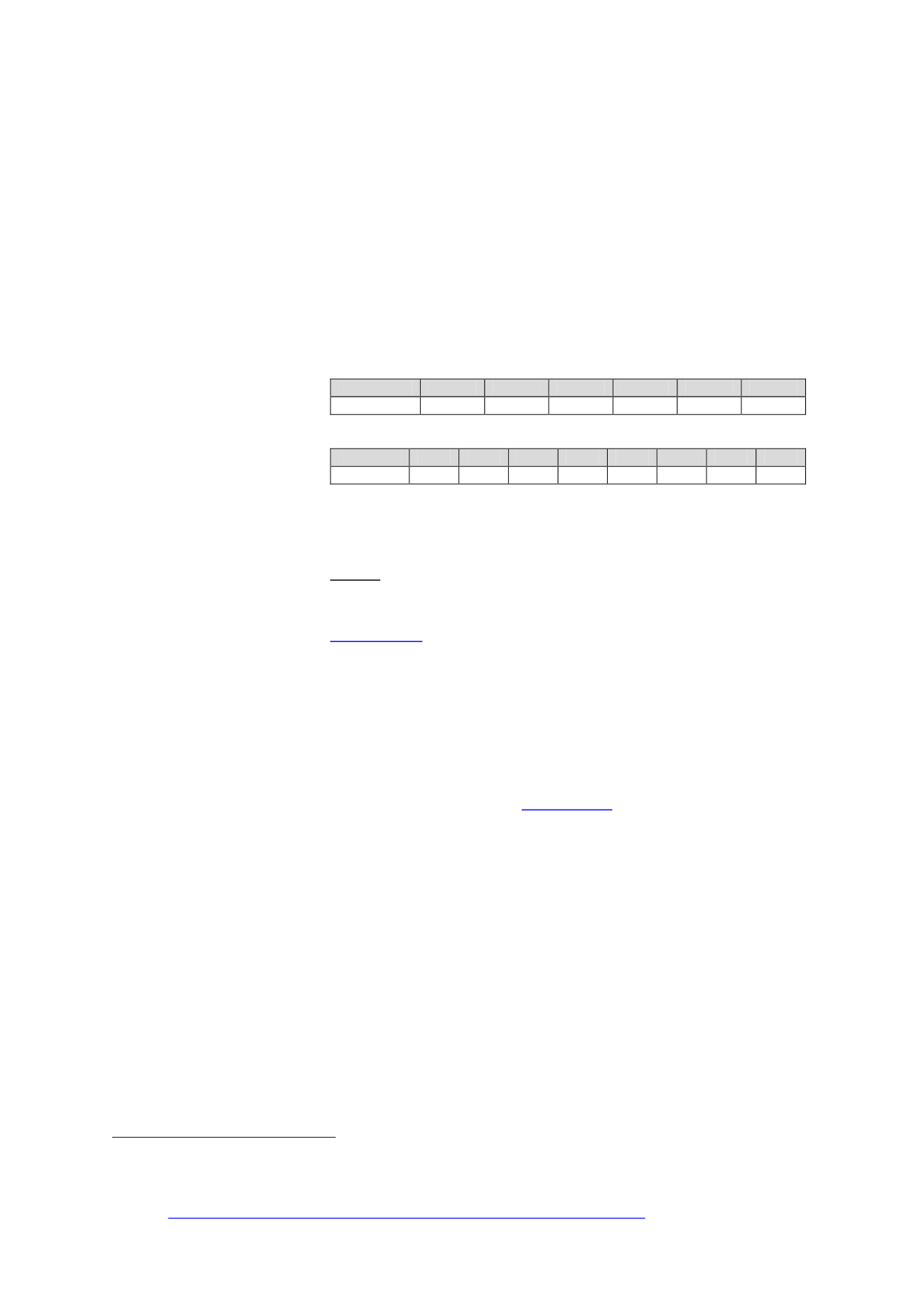

BEAM P
LUS
I
NTERIORS
C
OMMERCIAL
, R
ETAIL
A
ND
I
NSTITUTIONAL
E
NERGY
U
SE
(EU)
EU 1 E
NERGY
P
ERFORMANCE
– P
ERFORMANCE
-
BASED
A
PPROACH
Copyright © BEAM Society Limited. All rights reserved. Page 79
5 E
NERGY
U
SE
EU 1 E
NERGY
P
ERFORMANCE
– P
ERFORMANCE
-
BASED
A
PPROACH
E
XCLUSION
None.
O
BJECTIVE
Reduce the consumption of energy, resources and consequentially
harmful emissions of carbon dioxide (CO
2
) to the atmosphere.
C
REDIT ATTAINABLE
14
C
REDIT REQUIREMENT
Credit(s) shall be achieved based on the reduction of annual
HVAC&R and lighting energy consumption by:
Credit(s)
1
2
3
4
5
6
HVAC&R
3%
5%
10%
15%
20%
25%
Plus
Credit(s)
1
2
3
4
5
6
7
8
Lighting
10% 15% 20% 25% 30% 35% 40% 45%
Applicants must choose either the Performance-Based Approach or
Prescriptive-Based Approach, to avoid double counting environmental
impacts.
A
SSESSMENT
Criteria
The number of credits to be achieved shall be determined by
reference to the percentage reduction in the annual energy use of the
project spacerelative to the respective benchmark (zero-credit)
criteria evaluated from the Baseline model.
The methodology of the energy simulation shall make reference to the
latest Building Energy Code (BEC) or Appendix G of
ANSI/ASHRAE/IES 90.1-2010 or equivalent. (Note: For interim
measure before Hong Kong equivalent of Appendix G of
ANSI/ASHRAE/IES 90.1-2010 is available, lighting power density
(LPD) in ANSI/ASHRAE/IES calculation shall use those parameters in
Code of Practice for Energy Efficiency of Building Services
Installation – 2012 Edition).
Appendix 9.1herein includes the default
values or assumptions for design parameters for Performance-based
approach when conducting energy simulation.
The submission for compliance and the computer software to be used
shall make reference to the latest Building Energy Code (BEC) or
ANSI/ASHRAE/IES Standard 90.1-2010.
When the selected simulation program cannot adequately model a
design (Note: For example: passive design with significant
contribution on the reduction of CO
2
emissions), material, or device,
the rating authority may approve an exceptional calculation method to
demonstrate above-standard performance. The exceptional
calculation shall make reference to Section A3.4 of Code of Practice
for Energy Efficiency of Building Services Installation - 2012 Edition
[1] and/or Appendix G2.5 of ANSI/ASHRAE/IES 90.1–2010[
2]and/or
Appendix D of the Advanced Energy Modelling for LEED – Technical
Manual v2.0 (September 2011 Edition) [
3].
1
EMSD - Code of Practice for Energy Efficiency of Building Services Installation - Section A3.4 2012
2
ANSI/ASHRAE/IES Standard 90.1-2010 – Energy Standard for Buildings Expect Low Rise Residential Buildings
3
USGBC - Advanced Energy Modeling for LEED – Technical Manual v2.0 (September 2011 Edition).
http://www.gbci.org/files/leedonline/Advanced_Energy_Modeling_for_LEED_V2_1c.pdf

















